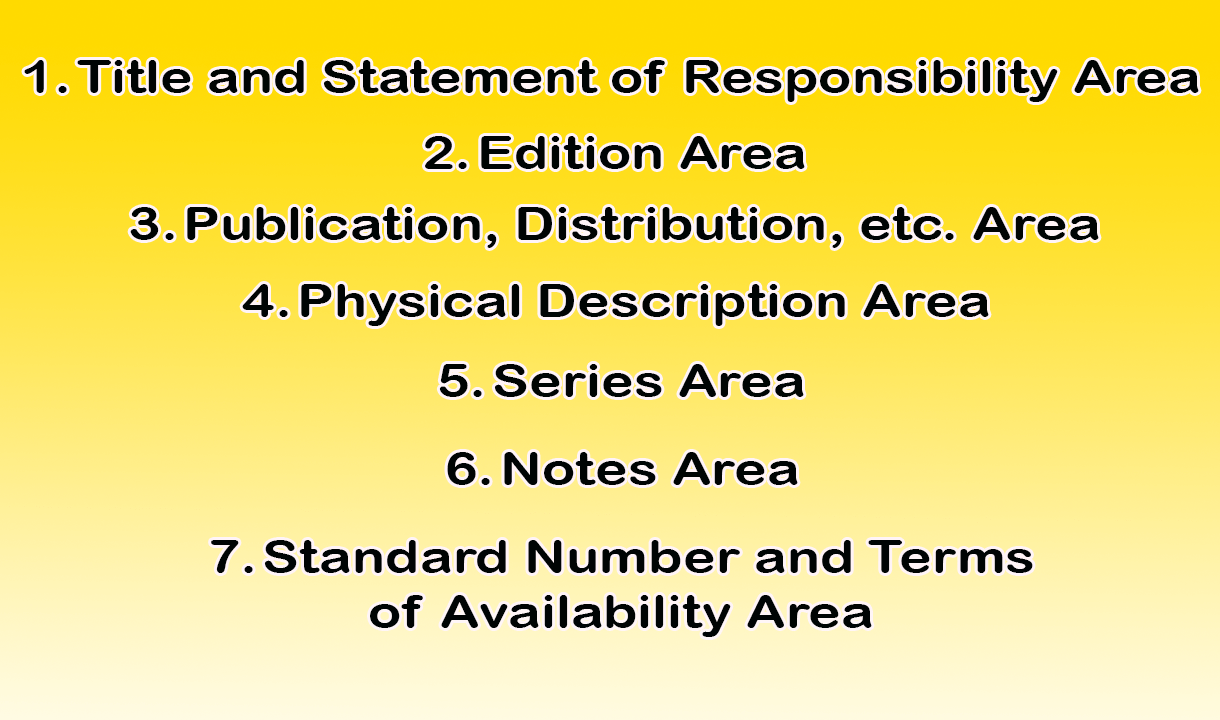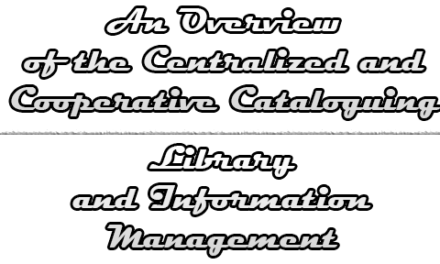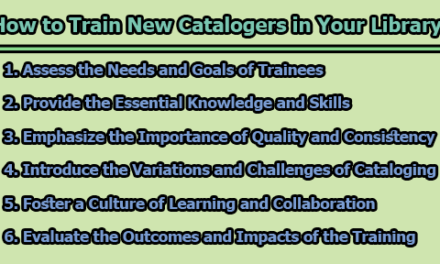A union catalogue is a combined catalogue of holdings of books or periodicals or both mentioning location, edition, number of copies by accession numbers, volumes, etc. of a number of homogeneous or heterogeneous participating libraries covering library materials in all fields or limited by subject or form of material arranged by subject or author or in chronological order maintained by a national library, large reference library or a national bibliographical centre. In the rest of the articles, we are going to present here definitions, functions, factors and principles for planning and organizing union catalogue.
Definitions of union catalogue:
“A union catalogue is a combined library catalogue, the collections of a number of libraries” (Wikipedia)
“A library catalogue combining the catalogues of several different libraries or different divisions of one library” (Webster’s)
“Union catalogue is a shared catalogue of different libraries & reflects various information resources – books, magazines, newspapers, pictures, maps, video and audio recording and electronic resources” (Slideshare)
Functions of Union Catalogue:
Some important functions are as follows:
- It provides the location of a given book or periodical held in specific participating libraries.
- It provides assistance in interlibrary loans and loans to provide private persons.
- It ensures better coordination in acquisitions and processing amongst participating libraries.
- It ensures the resulting economy in cooperative procurement.
- It provides bibliographical information in either automated, microfiche, card or printed form.
- Conservation of the list of titles owned by the participating libraries works as a “shadow catalogue” or “standard catalogue” for collections destroyed by fire or war.
- It works as a book selection apparatus.
- It can control unnecessary duplication of books in participating libraries.
- It works as a combined record of library materials of the libraries of a region or of a nation.
- Being a combined list, the union catalogue can indicate the possible gap in the collection of a specific subject area.
Factors and principles for planning and organizing union catalogue:
According to Robert B. Downs the following factors and questions are to be considered while planning and organizing the union catalogue:
- The geographical scope of the catalogue is to be determined first.
- The libraries being included are to be decided.
- Whether or not complete holdings of these libraries are to be included?
- A decision is to be taken if only lending libraries are to be included, or also those that do not lend.
- It is to be decided should there be one general catalogue, or an author, or subject catalogue and a separate catalogue of anonymous works.
- Is it to be limited to books or serials or periodicals, or both?
- Should some kinds of literature be excluded?
- In what conditions are the catalogues of the libraries to be incorporated? Is there homogeneity in the cataloguing practice?
- Can the libraries provide an extra copy of their catalogue entries both for old stack records and for new accessions?
- In case of need, can the libraries undertake the copying of the entries? How can the entries be duplicated or microfilmed?
- What task will the catalogue have to be performed:
- Information on the whereabouts of a given publication?
- Assistance in interlibrary loans?
- Bibliographical information?
- Other activities?
- Where the catalogue should be housed? Separate or in a large library? In the later events, as an independent institution, or as a department of the library?
- What are the staffing requirements?
- Total staff?
- Permanent?
- Temporary?
In reply to the above questions and in general, however, we have to consider other factors too, viz:
- Form: The union catalogue should be in either automated, microfiche, card or printed form. The best one is the automated online form.
- Symbols: The participating library’s abbreviated symbols or figures should be marked on each entry as soon as possible after it comes in.
- Kind or type: Since the emphasis is on the subject of research, it would be better to make it classified or subject catalogue, with search facilities under author, title or keyword in the online system.
- Base Library: When entries are combined i.e., where the symbol for the additional library is to be added to an entry already in the catalogue, the better larger information institution or bibliographical centre should be retained as the matter entry, and already recorded symbols transferred to it.
- Different editions: We should make sure that different editions are not treated as duplications.
- Parts of a Library: Special collections or parts of a library can be incorporated where the libraries to which they belong are of a type that is better excluded.
- Exclusion of libraries: Usually popular public libraries are not incorporated for:
- Very similar holding in such libraries,
- Cheap quality works of literature &
- Fictions form major parts of the collection.
- Exclusion of literature: Special kinds or forms of literature generally excluded are:
- Dissertation, thesis
- Music
- Maps
- Government publications
- belles – letters
- Juvenile literature
- Fiction
- Pamphlets
- Encyclopedias, dictionaries
- Orientalia, Congresses
- Housing: The union catalogue should better be housed as an independent institution.
It is apparent that union catalogues are useful to libraries, as they assist in locating and requesting materials from other libraries through interlibrary loan services. They also allow researchers to search through collections to which they would not otherwise have access such as manuscript collections.

Library Lecturer at Nurul Amin Degree College










